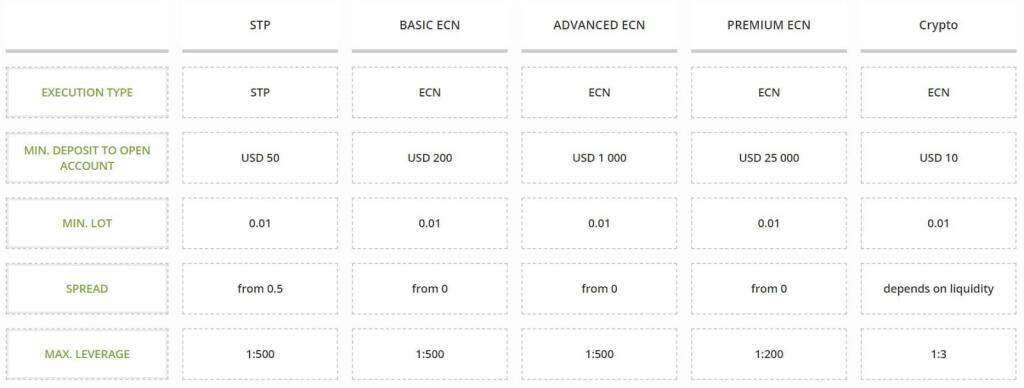
The rolling budget is defined as the extension of the existing budget in place. The frequency of the existing budget could be monthly, yearly, or on quarterly basis. In short, It can be compared continuous budget or a type of budget that brings in new waves, and it is in continuation with the existing budget. On the other hand, it can be dynamic, requiring frequent revision or updating. Therefore, to formulate a comprehensive rolling budget, the management generally hires experts from the finance field. A rolling budget should be reviewed and adjusted regularly based on actual results and changes in the business environment.
A budget is an essential tool that helps businesses plan and allocate resources, track financial performance, and make informed decisions. In the same manner, it can also be seen that rolling budgets are also harder to create, manage, and implement. This is because of the reason that rolling budgets are time-consuming, and hence, might require a significant chunk of time in terms of managing. Since budgets and forecasts are updated on a regular basis, it helps businesses in avoiding overspending. This might also be taken as a preventive measure in terms of generating negative cash flow for the business.
WFU in the news: Aug. 28-Sept. 3, 2023 Wake Forest News – Wake Forest News
WFU in the news: Aug. 28-Sept. 3, 2023 Wake Forest News.
Posted: Tue, 05 Sep 2023 13:15:21 GMT [source]
Instead, you may want to opt for a rolling budget that you update more frequently based on new information and your business’s performance. And, weigh the pros and cons of using one for your small business forecasting. Rolling Budget is an approach to budgeting that uses a continuous updating approach to forecasting, the time period of the budget remains constant. Budgeting software can support data visualization, allowing businesses to create graphs, charts, and other visualizations that make it easier to understand and communicate budget data.
Steps to Achieve Financial Freedom
By creating best-case, worst-case, and most-likely scenarios, businesses can better understand the range of potential outcomes and adjust their forecasts accordingly. Budgeting software can support collaboration and communication among stakeholders involved in the budgeting process. This includes sharing data, reports, and analyses with other team members and communicating in real time through chat or messaging. Budgeting software can support scenario planning and forecasting, allowing businesses to model different scenarios and test the impact of changes to their budget. This allows businesses to be more agile and responsive to market or operating environment changes. Financial planning is crucial to the success of any business, regardless of its size or industry.

Therefore, it makes sense for SaaS companies to update their budgets more regularly. Note that long budgeting periods can help directionally, whereas short-term budgeting will likely improve your accuracy. However, shorter time frames may not be forward-looking enough to suit the company’s business model (so that’s something else for you to consider). When preparing an incremental budget, the goal is to make minimal changes each time you update it. Then you make smaller changes to existing departmental budgets based on new information and assumptions. Rolling budgets work best for businesses in dynamic markets that deal with frequent changes, including changes in consumer preferences and regulations.
A rolling budget is helpful for SaaS businesses that need more flexibility from their budgeting strategy and want to reduce uncertainty in their financial planning. A static budget is a fixed projection of your company’s revenue and expenses in the future (over a specified period of time). A rolling budget, on the other hand, is a flexible projection of revenue and expenses that can be continually updated to reflect market fluctuations. Since rolling budgets are frequently updated, they typically require more time and dedication from department leaders and the finance team alike. A rolling budget is when business managers regularly update the budget after a specific period.
More Time-Consuming Than Annual Budgets
Managers will revise their assumptions on a more regular basis, reducing the element of uncertainty. Let’s say you predicted your business would earn revenues of $50,000 in January, but you actually only earn $35,000. You must update your rolling budget to remove January, add the following year’s January forecast, and decrease your total forecast by the appropriate amount. Budgeting for small business lets you plan your finances, prepare for setbacks, and predict profitability.
So, you create a static budget, thinking it will get you through the upcoming year. After HappyCo joined forces with Mosaic, they were able to analyze expense and revenue forecast variances in real-time via Mosaic’s budget tracking canvas. With so much of the heavy lifting handled on their behalf, HappyCo could focus on bigger variables related to their growth initiatives. Test out any current software, or explore other options to ensure automation and other capabilities are available. Make sure that despite any additional costs for any software, you can still deliver the ROI your company needs.
Scenario Planning and Forecasting – Role of Technology in a Continuous Budgeting Process
Realistic and accurate; Rolling budget method is better for strategic and financial scheduling of the organization as planning and controlling are based on a more accurate performance review. Reviewing and updating the budget as the period progresses gives a more realistic picture of revenue, income and expenses. Brad’s Machine Shop prepares monthly budgets six months out, so that it can prepare for upcoming demand and anticipate swings in production demand. In January, Brad prepares a financial plan for each month from January to June. It is also termed the rollover, which is the continuation of the existing budget.
- Rolling budgets should align with the company’s strategic goals and objectives.
- Additionally, businesses may need to regularly evaluate and adjust their continuous budgeting process to ensure it remains effective and aligned with their goals.
- Hospitality and tourism businesses can benefit from a rolling budget approach due to the changing nature of consumer behavior and seasonality.
- Not only does finance automation boost productivity and team morale, but it’s a great asset that reduces human errors that can pop up during the budgeting process.
We will also examine the everyday challenges of implementing a continuous budgeting process and best practices for creating and maintaining one. As mentioned above, creating and maintaining a rolling budget can take a lot of manual work or the help of a great tool. Implementing a rolling budget will not be easy on everyone and may be met with some resistance initially. Begin your rolling budget implementation by assigning someone to have direct control over the process.
Advantages of Rolling Budgets
Large corporations often have complex financial operations requiring regular financial plan updates. A continuous budgeting process can give them a more accurate picture of their financial situation, allowing them to make more informed decisions about resource allocation and investments. Unlike what is an invoice number traditional annual budgeting, rolling budgets are usually updated monthly or quarterly and projected 12, 18, or 24 months out. For example, a company’s 2023 annual budget will become a rolling budget if, in March 2023, it adds the budget for February 2024 (to replace the February 2023 budget).
In other words, rolling budgets are changed periodically after set intervals in order to inculcate the impact of changing budget dynamics. With a rolling budget—also known as a continuous budget—you add a new budget period at the end of the most recent period. In addition, a company may have a 5-year rolling budget for capital expenditures. In this case a full year will be added to replace the year that has just ended.

This content is presented “as is,” and is not intended to provide tax, legal or financial advice. We take the stress and complexity out of building a financial model, so you can focus on what you do best – building your business. One of the hardest parts about building a business is making enough educated guesses about your market, potential customers, and more.
After the current monthly budget ends, a new monthly budget is added at the end of that term — thus maintaining the 12-month outlook. The budget should be more accurate as it is updated more frequently, improving planning and control. This approach is also particularly useful in more unpredictable and volatile industries where it is difficult to plan one year into the future.
Now, your budget still covers a whole year, but it goes from February 2023 through January 2024. (b) Discuss THREE issues related to the implementation of a rolling budget system in Timana Co. The production manager confirmed that the direct labour cost was higher because of an increase in the minimum wage.
It also allows for greater flexibility in planning and forecasting, as businesses can adjust their budgets based on actual results and future projections. Rolling budgets help companies more accurately plan for the future by showing the latest information at any given time. Since the budget is continuously updated, it gives everyone in https://online-accounting.net/ the company more visibility into the true financial status of the business. Leveraging Causal could save businesses lots of time and hassle staying on top of the numbers, and with a free program, there’s no reason not to see what Causal can do. Since rolling budgets account for surprise expenses, they enable increased adaptability.

